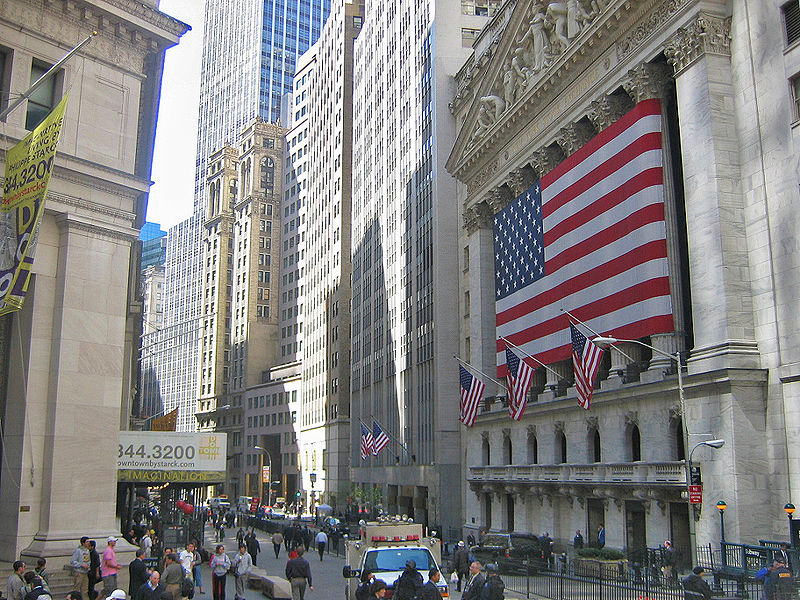Goldman Sachs trading error is “a warning to all”
Financial industry analysts have warned that investors should be careful about how they approach automated trading, following news that a trading error at Goldman Sachs cost the firm $100 million on Tuesday.
The glitch caused the firm to post a number of erroneous options trades that disrupted trading across US exchanges during the first 15 minutes of trading. The affected venues included CBOE, Nasdaq OMX and NYSE Euronext. Options on shares with listing symbols beginning with the letters H all the way through to L were affected.
According to reports, the problem was caused by a computer error in which automated trading systems accidentally sent indications of interest as real orders to be filled at the exchanges. Goldman Sachs said in a statement that it faced no material loss or risk from the incident, but declined to comment further.
In August last year broker Knight Capital in August last year, in which another computer error caused a loss of $440 million that forced the firm to recapitalise and seek new backers. Knight eventually merged with rival Getco four months later.
“There is an element of living by the sword and therefore dying by it here,” said Rik Turner, senior analyst financial services at Ovum. “Goldman in particular has been a major beneficiary of the changes to financial market infrastructures that led to trading automation, so if it has to lose $100 million every now and again, there will be little sympathy amongst its peers and competitors. And with the $1.93 billionprofit it reported for Q2, many will feel it can afford the occasional glitch. Caveat emptor is the message to anyone who invests in automated trading: develop better safeguards.”
Automated trading has been in the spotlight ever since the flash crash of May 2010, in which the US stock market unexpectedly plummeted by $1 trillion, then just as quickly rebounded. That event has been debated ever since, with many placing the blame on interlocking algorithmic systems feeding off each other in a race to the bottom after an accidental fat finger trade. According to some observers, the failure of sophisticated trading systems has become sufficiently commonplace to suggest there is an underlying problem in the culture surrounding sophisticated trading strategies.
“Systems are being launched on little more than a wing and a prayer,” said Chris Dutta, director of Piccadilly Group, a company that specialises in the reliability of trading systems. “We need to address this ‘it will be alright on the night’ attitude. Poor controls and inadequate software testing of complex systems prior to a ‘go-live’ decision are a major contributory factor in the rise of failures.”
“Not only is there a severe deficit of technology-literate individuals within top-level positions, there is a distinct lack of communication between the banks. This means that software testing is not only not understood, it is also not prioritised,” he added.
Earlier this month, a similar event occurred in China in which the Shanghai stock market experienced a sudden 53% surge in volumes due to a trading error at Everbright Securities.












































